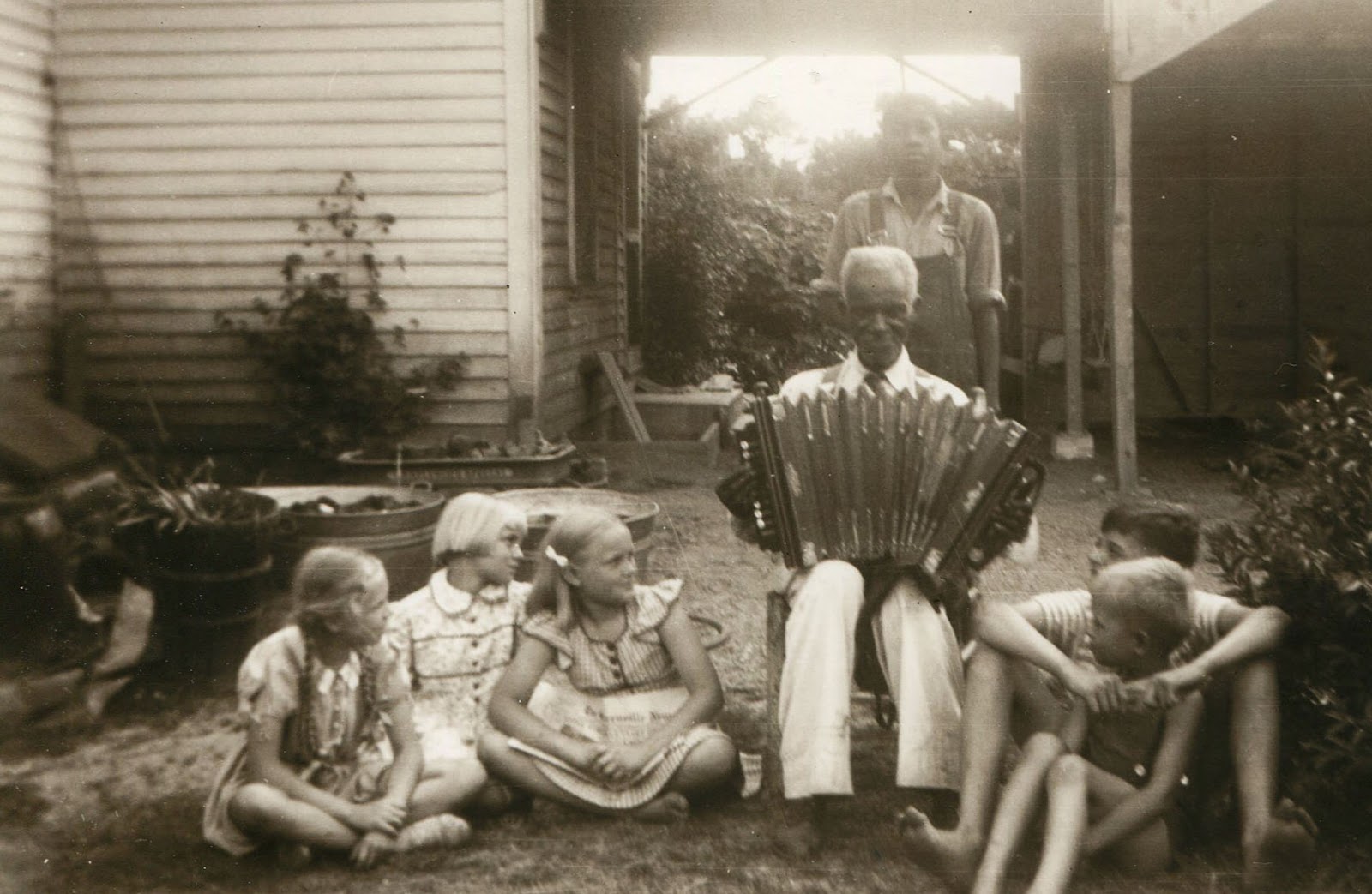This series of boxes emerged from an installation I exhibited in 2000 called 'The Journal Project'. The boxes here contain artifacts from a part of that installation called 'Prayer Fags' which began as an homage to my grandmother. The shreds of texts you can see in some of the paper are from her journals. That she came from South Carolina is a fact that I embraced over time. I mostly avoided my connection to the South because of its connection to enslavement. The scrolls that are added to the boxes are from 285 individual narratives collected from South Carolina by the Federal Writers Project in the late 1930's. In important ways I grew from the nostalgia embraced in 'The Journal Project' to embracing my past in this collection of boxes called 'Slave Narratives and Old Lace'.
I tatted yards and yards of this kind of lace in honor of my South Carolina grandmother, who tatted for as long as I knew her. Tatting is a long series of slip knots. I didn't think of the more horrid version of a slip knot in the South which hung bodies in the air.
There were six boxes exhibited in this image from a show with the Raleigh Fine Art Society in 2020. There are a total of seven boxes that where hung in a single row at the Ohio Craft Museum also in 2020.
Slave Narratives and Old Lace from Raleigh NC show.
Slave Narratives and Old Lace from the Columbus Ohio show.
Box#5 of series Slave Narratives and Old Lace
Box# 7 of series Slave Narratives and Old Lace
Two of the small narrative scrolls are from ‘Uncle Mad’, as grandmother and her children called him. His name was Madison Griffin. She took a photo of him sitting in a chair with her small children sitting at his feet while he ".....told us about being born a slave and who were the kind masters and who were not.” How many European Americans still see themselves as masters?
I









